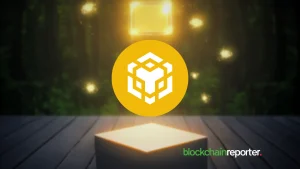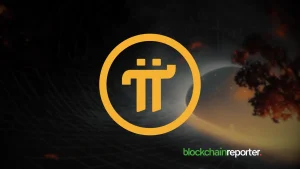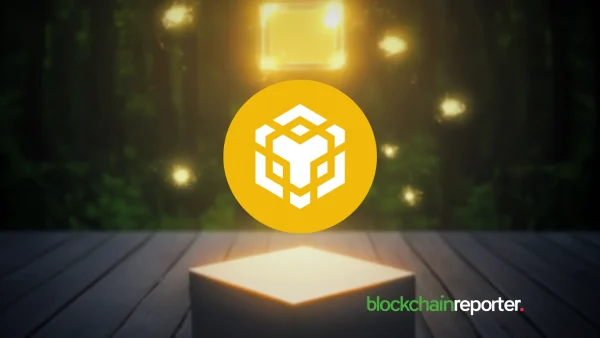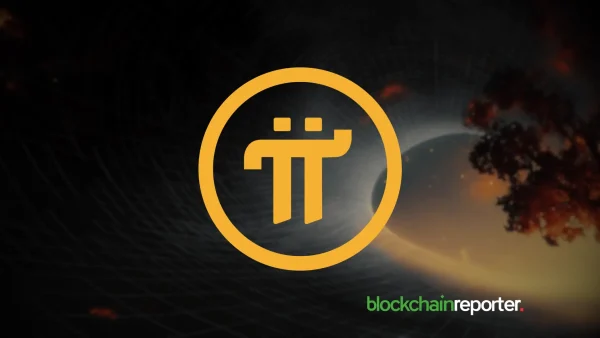
In the past 28 days, we see a total of 269,785 contract deployments on all 3 testnets and mainnet combined. This comes down to an average of 9,635 contract deployments per day. This is four times as many as in March this year.
Tezos Development
For the second time in Tezos history we will hit over 5,000,000 contract calls in a single month. Contract calls are interactions with smart contracts in the form of transactions. This is an important metric to measure growth in the adoption rate and usage of mainnet smart contracts.
Monthly total transactions (basic transactions and contract calls combined) will mount up to about 8,250,000 transactions with an average transaction volume of 275,000 transactions per day (about 20% of the average transaction volume of Ethereum currently).
Developer activity hits a new high
In the past 28 days, we see a total of 269,785 contract deployments on all 3 testnets and mainnet combined. This comes down to an average of 9,635 contract deployments per day. This is four times as many as in March this year. If we zoom in on pure mainnet contract deployments, we see that we hit a new high this month with 6,944 mainnet deployments. And we still have two more days until the end of the month.
The continuing growth in developer activity confirms the trend of the past two years that was emphasized in the Digital Assets Primer of the Bank of America which was published October 4th this year.
In the graphs that are included in the report, we see that Tezos scores the second highest on the developer interest scale. Out of the 30 cryptocurrencies, only Ethereum scored higher than Tezos.
Where is the activity coming from?
There’s obviously a lot of activity in the NFT ecosystem on Tezos and the growing DeFi ecosystem. New platforms and additions to existing ones are part of the overall dev activity. Additionally, Tezos has seen an impressive amount of real-live use-cases that are both already deployed and still in development.
What we see while using Tezos on a daily basis as investors, artists and as a crypto enthousiast is just the tip of the iceberg. Just a few days ago the so far unknown SaaS platform “Myloby” announced that they just surpassed 100,000 transactions on the Tezos blockchain.
A small selection of other examples of Tezos-based applications are:
- The distribution of COVID relief funds in Swiss cities.
- The voting application in a Paris suburb BeeZ application and their digital stamp feature on Tezos.
- Inveniam’s New Asset Value Pricing Solution (With data validators Cushman & Wakefield for real estate pricing and Deloitte for audits), which has been responsible for 7% of Tezos daily transaction volume at some point.
- Supply chain application eMin (Used by the UN Migration Agency).
- The integration of Electis in the Swiss voting application Baloti.
- Decentralized identity solution Gravity (Used in pilots by several UN organizations and the Red Cross).
- All applications for real-live use-cases that emphasize the large variety of interest in building and deploying on Tezos.
- With the ever improving efficiency of the Tezos blockchain which results in faster and cheaper transactions without compromising decentralization, the trust and interest in Tezos from organizations to build long-term utility is not surprizing.
- Hackathons are another source of dev activity. Currently two hackathons are ongoing on Tezos. The Plenty Global Hackathon by Tezos India and Plenty DeFi with a $30,000 price pool.
- And the Gitcoin “Game on! Tezos” hackathon with a $200,000 prize pool.
Please read original article here.









